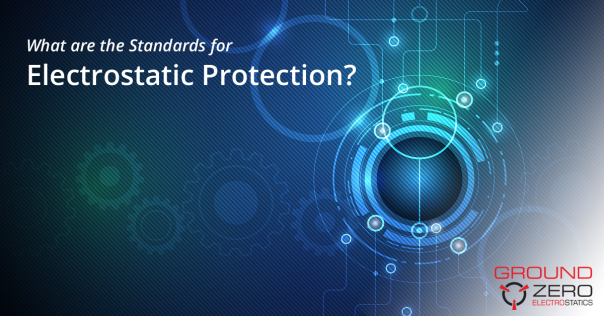Custom Matting: A Ground Zero Specialty

If you’ve ever worked with an X-Acto Knife or a box cutter, you know there are some dangers, just as there are with any knife. Remember, pay attention to what you’re doing! Never use a dull blade! Cut away from your body!
And of course, wear cut resistant gloves. Yes, we know you’re a man, and men don’t need certain protections… Okay, so both genders have their issues, but this one rule is the one we most often neglect – and that neglect leads to injuries.
You’re being careful, cutting along, everything’s going smoothly and SLICE!
Yes, that’s right, you’ve just sliced open your finger, there’s blood everywhere – you have to go to the emergency room and get stitches.
It kind of ruins your day.
OSHA reports that nearly 40 percent of all injuries attributed to manual workshop tools in the US involve knives with retractable blades.
And according to the Bureau of Labor Statistics, around 250,000 serious hand, finger and wrist laceration occur annually in the private industry.
So that scenario we described above? It’s far more common than you might think. And, in the interest of your safety and our bottom line, we took action.
A Cut Above
So what did Ground Zero do to help insure your workplace safety?
In an earlier post, we talked about ESD mats – what they are and how they work, but today we’d like to get… a little personal, if that’s okay with you.
Most table and bench mats are built with either two or three layers. The top layer is resistant to chemicals, solder and flux, making it usable and easy to clean. The bottom layer is either a durable anti-skid surface and/or an adhesive backing, both to ensure safety on the work area.
Three-layer mats have the added bonus of a conductive scrim layered in the center that can coordinate with your personal wrist-strap constant monitors.
As you can imagine, all of these layers make the mats a little thicker than cardboard or just a vinyl mat. And, as you know, when cutting with an X-Acto knife or box cutter, the thicker the material you’re trying to cut is, the more prone the blade is to slipping, leading to that ER visit.
So to help promote the safety of our customers’ workplaces, we decided to offer custom cut matting.
That’s right, any of the mats we sell can be custom cut to your specifications (with a small margin of +/-1/8th of an inch). Plus, each and every custom cut mat comes with an ISO certification showing it has been tested and met the latest professional standards.
So which would you prefer, a trip to the emergency room, or the ability to get to work on with your new ESD mat right out of the box – with all of your fingers intact?
Oh, and finally: a little safety advice, whether you want it or not. When using a knife or blade of any sort, stay sharp! Follow all of those rules we mentioned above, ‘cause we all know a lot of us do ignore them and they were created for our safety.
We would love to be your full service, seamless ESD solution provider; contact us today for more information



